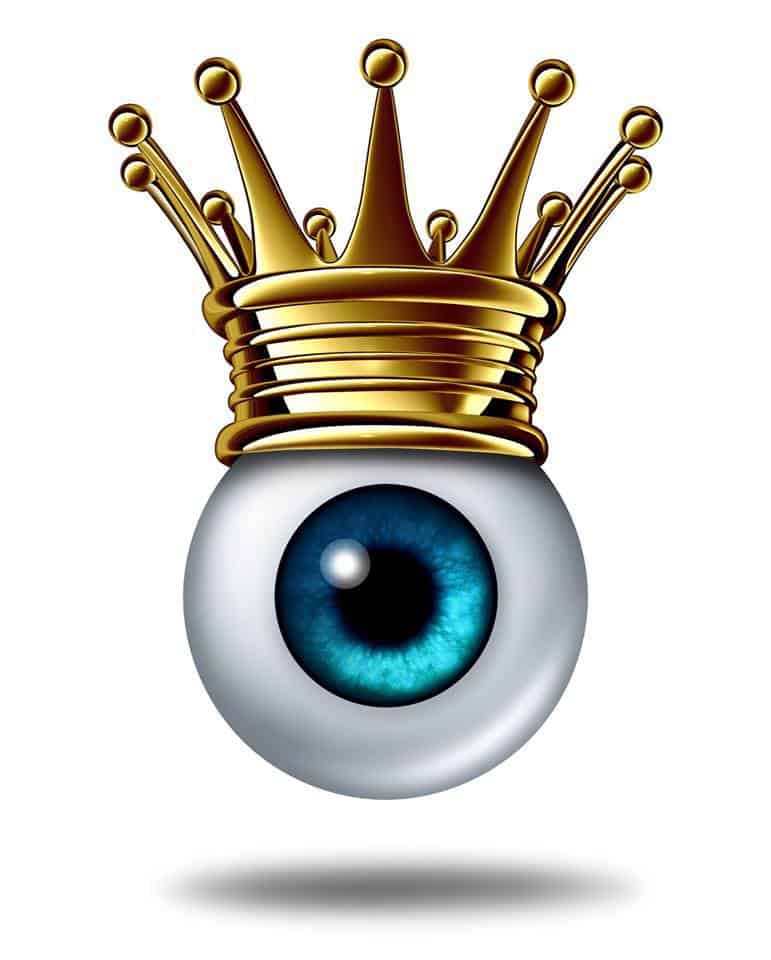Although the word “phobia” generally indicates that the person concerned is experiencing fear, in the ophthalmologist’s dictionary photophobia is an experience of pain or discomfort to the eyes due to light exposure. Also called light sensitivity, photophobia refers to extreme sensitivity to light, and an aversion to well-lit places and sunlight.
Photophobia occurs when too much light enters the eye. This can happen when the retina, lens or cornea are damaged, or if one or both pupils are unable to contract normally. The excess light overstimulates the retinal photoreceptors and results in extra electric impulses to the optic nerve, leading to a reflex aversion to light. This process causes pain and discomfort.
Photophobic patients usually turn their eyes away from the direct rays of the sun and from artificial sources of light. In extreme cases, they may even stay in a dark room and wear sunglasses to protect their eyes.
Several eye related medical conditions as well as problems with the nervous system cause photophobia in humans. Some of these problems include meningitis, Albinism, encephalitis, iritis, glaucoma cataracts, hangovers, corneal problems such as ulcers or abrasions, and keratoconus. Other such problems include Migraines…Eye injury or eye infections such as conjunctivitis, episcleritis, chalazion. Apart from these problems, burns to the eye, aphakia. retinal detachment, cystinosis also cause photophobia to develop.
Certain drugs can cause photophobia to develop as they may cause the paralysis of the iris sphincter. Some medicines such as belladonna, furosemide, quinine, doxycyclin and tetracycline cause photophobia as a side effect, so if you can’t find any root cause for it check if you’re consuming any of these medications. They might be causing light sensitivity in your eyes.
The best way to treat photophobia is to address the root cause. Once the basis for the light sensitivity is treated, the photophobia disappears. For patients taking medication that cause photophobia, the ophthalmologist either discontinues it or replaces it with other medicines. Wide brimmed hats, UV protected sunglasses and avoiding bright light should help photophobic patients. Prosthetic contact lenses are recommended for extreme cases, to reduce the amount of light that enters the eye so that it is more comfortable. The best treatment of all is to find what is really causing photophobia and eliminating the underlying problem.
“Remember to keep an eye on your eyes”
- 10 SIGNS YOU NEED AN EYE EXAM - May 20, 2018
- WORLD GLAUCOMA WEEK - March 11, 2018
- The Importance OfEye Exams - February 5, 2018


Recent Comments